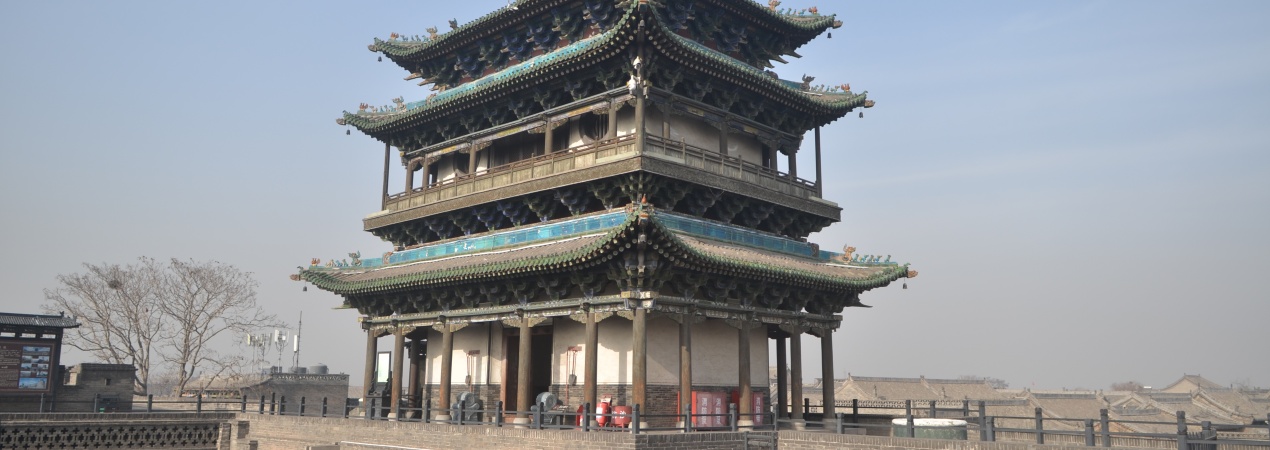
7-Day Journey Through Pingyao, Wutai Mountain and Datong
Trace history along ancient caravan trade routes and sacred Buddhist paths. Explore the new ideas of finance during the Ming and Qing dynasties in the UNESCO World Heritage-listed ancient city of Pingyao. Reflect on the spiritual legacy of the Wutai Mountain temples. See how different cultures came together because of the Silk Road. This route connects UNESCO sites, ancient military fortresses, and breathtaking views on cliffs. It helps to discover three aspects of Shanxi's heritage: the houses of great merchants, Buddhist carvings from the Northern Wei Dynasty, and the exquisite wooden buildings of the Tang Dynasty.
Trip Highlights
- Discover Shanxi merchants' history and ancient military defenses in Pingyao
- Explore Han and Tibetan Buddhist art at Shuxiang Temple, Wutai Mountain
- Admire Greek-style pillars and Gandharan carvings at Yungang Grottoes
- Learn about the "Three Teachings Unity" at the Hanging Temple
- Marvel at the Ying County Wooden Pagoda, the tallest wooden building in the world
Tour Essentials

Quality
No Shopping Traps

Group Type
Private

Tour Focus
History, Architectures

Accommodation
Nights: 6
Best Season
Spring, Summer, Autumn, Winter
Full itinerary for 7-Day Journey Through Pingyao, Wutai Mountain and Datong
We will pick you up from Pingyao Railway Station and take you to the hotel to rest for the day. We will start our tour tomorrow.
After breakfast, we'll go to the Wang Family Compound. It's a big place with 123 courtyards and 1,118 rooms. Gaojiaya and Hongmen Fortress are part of it. People often call it the "Folk's Forbidden City". Here, you can see how merchant families lived and what their food culture was like in the Ming and Qing dynasties. After lunch, we'll drive for half an hour to the Zhangbi Ancient Castle. It's a military place that you don't often see. It was built following the 28 Chinese constellations. There is a castle on the ground and tunnels underneath. At the end of the day's itinerary, we will return to the hotel.
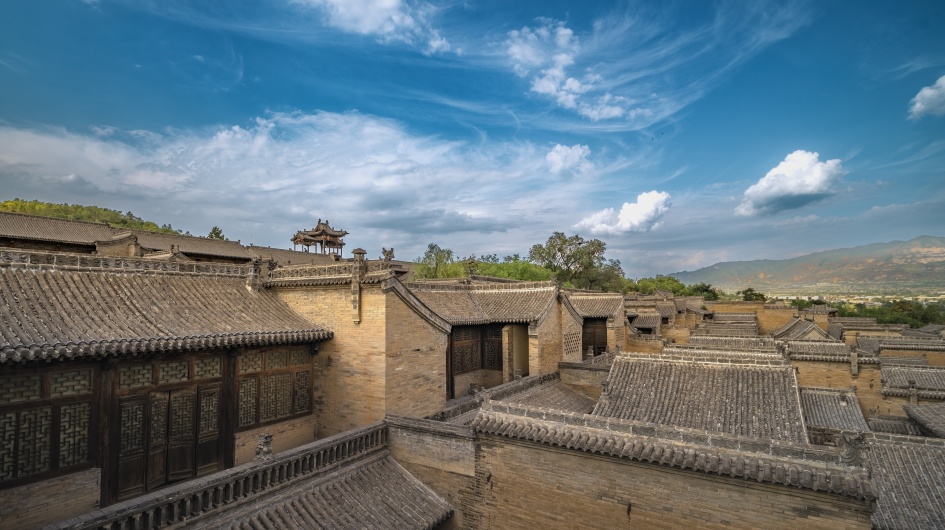 Wang Family Compound
Wang Family Compound
Your Journey’s Rewards:
This journey is designed to help you understand the history of Wang family in ancient society, and how the commercial economy developed in the Ming and Qing dynasties, and also study how ancient Chinese astronomy and military buildings were combined to see what special links they had.
Educational Focus:
What we cam know about the Wang Family through their compounds? How Zhangbi Ancient Castle combined astronomy with military buildings?
Takeaway:
The Wang Family’s wealth began with bean curd sales. Growing wealthy through trade and official roles, they built their grand compound (1661-1820). Declining in the 1800s because of corruption and opium, they were expelled during the Second Sino-Japanese War. Zhangbi Ancient Castle landmarks can all be aligned with the corresponding positions of the twenty-eight Chinese constellations, and the architectural layout of Zhangbi Fortress is arranged according to these constellations. And its four city gates also align with the corresponding to the Four Great Mythical Creatures (Xuanwu, Zhuque, Baihu and Qinglong) of China. They believed that these arrangement can help them gain the protection of the gods.
Thought Challenge:
Could Zhangbi’s star-based design inspire eco-friendly city planning today, using nature’s patterns for modern needs?
After breakfast, we'll go to Pingyao Ancient City, the best-preserved ancient county in China now. Climbing up the city wall, you can see it looks like a turtle crawling south, so it's called the "Turtle City". The tour guide will take you to the Ancient County Government Office. There are court performances at 10:00, 11:00 and 15:30 daily, allowing you to see ancient legal trials. After that, we'll visit Rishengchang Draft Bank, China's first one. Its establishment ended the old system of security guards transporting valuables for withdrawal. Here, you can learn about ancient large-scale inter-region withdrawals and trade. In the afternoon, we'll drive about four hours to Wutai Mountain and stay overnight.
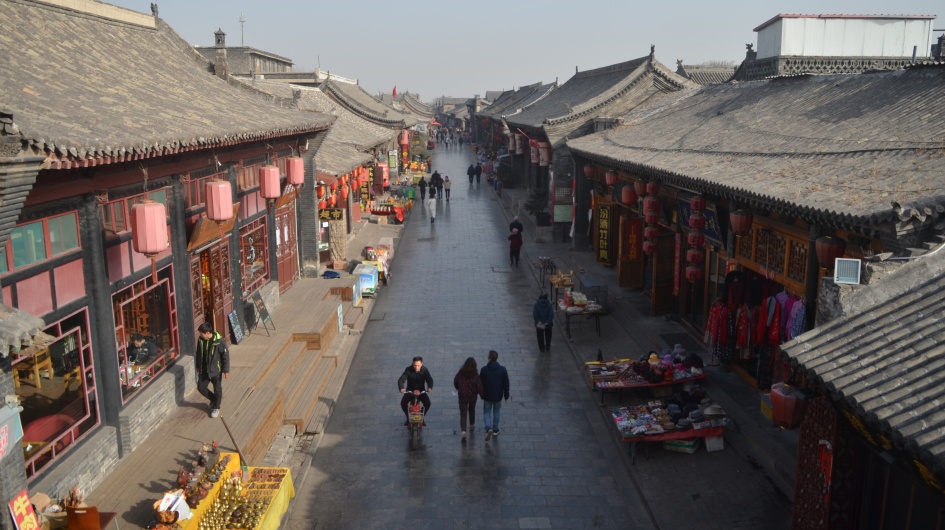 Pingyao Ancient City
Pingyao Ancient City
Your Journey’s Rewards:
Learn how ancient Chinese law operate in the old courthouse and how the first draft bank in China changed the Chinese business.
Educational Focus:
How does Rishengchang Draft Bank make transactions safer without guards carrying cash?
Takeaway:
Rishengchang Draft Bank has 475 branches across the country, and through the special checks it issues, customers can withdraw cash at these branches, which not only reduces the risk of robbery, but also facilitates inter-regional trade.
Thought Challenge:
Compare Rishengchang’s check system to online banking today. How did their branch network inspire modern banks?
After breakfast, we will go to Shuxiang Temple on Wutai Mountain. This is the largest temple in central Taihuai. We can admire the impressive ten-meter-tall Manjushri Bodhisattva sculpture inside the temple. After lunch, we'll visit Wuye Temple, home to the Kwangji Dragon King Bodhisattva and the colorful Pusading, the largest lama temple on Wutai Mountain. Then, we'll return to the hotel to rest and have dinner.
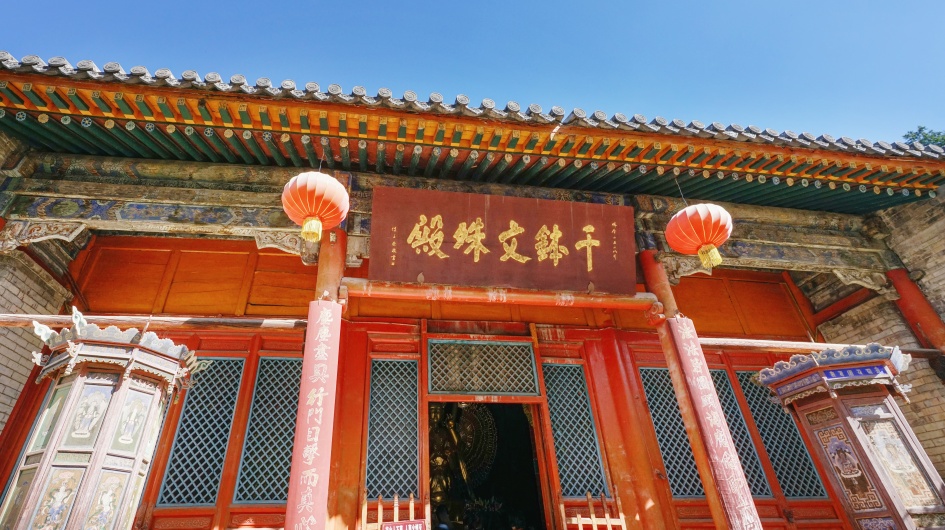 Shuxiang Temple
Shuxiang Temple
Your Journey’s Rewards:
Learn how Buddhist art and beliefs shaped Wutai Mountain’s culture. See how temples served both spiritual and practical roles in history.
Educational Focus:
How do the Shuxiang Temple, Wuye Temple, and Pusading Temple in Wutai Mountain reflect Buddhist culture and its influence on people's spiritual lives?
Takeaway:
Shuxiang Temple is believed to be the bodhimanda of Manjushri Bodhisattva, considered the nearest place to Manjushri Bodhisattva, attracting many devotees to come and worship. In ancient China, the god that controls wind and rain was the most revered. The fifth Dragon Kings of the Wuye Temple are the gods who control the wind and rain on Wutai Mountain, making it very popular locally. As a royal temple, the Pusading Temple is the most exquisite temple. Each building was built in accordance with the imperial system, showing the respect of ancient Chinese emperors for Buddhism.
Thought Challenge:
How can ancient rain rituals at Wuye Temple inspire eco-friendly water management today?
After breakfast, we drove about three and a half hours to Datong. Once there, we had lunch before visiting the Yungang Grottoes to view the Buddha statues. The Yungang Grottoes are famous grottoes in China, made during the Northern Wei dynasty over about 150 years. Different ethnic cultures mixed then. Unlike other Chinese grotto temples, the Yungang Grottoes are special with Western influences. They have parts from Indian, Central Asian, Greek and Roman art. Here, enjoy sculptures showing ethnic culture blend and learn about a key time of culture merging in Chinese history. After the visit, we went back to the hotel to rest and have dinner.
 Yungang Grottoes
Yungang Grottoes
Your Journey’s Rewards:
Through this journey, you can learn about the diversity of historical culture of China. Understand how different culture are blending in ancient China, and form a unique artistic style.
Educational Focus:
Why the Northern Wei dynasty can achieve the great integration of national cultures?
Takeaway:
In 386 AD, the Xianbei people established the Northern Wei Dynasty. Emperor Xiaowen of the Northern Wei Dynasty carried out Sinicization reforms, that is, learning Han culture and science and technology, and moving the political center to Luoyang, where they lived together with the Han people. This broke the situation where various ethnic groups lived separately and accelerated the integration of ethnic cultures. The Northern Wei Dynasty also conducted trade and artistic and cultural exchanges with Central Asia and West Asia through the Silk Road during this period. The Northern Wei Dynasty's promotion of Buddhism aided artistic exchanges, blending Western Buddhist art styles with the carvings of the Yungang Grottoes.
Thought Challenge:
The Yungang Grottoes showcase the fusion of different cultures. What insights do they provide for understanding cultural exchanges in today's world?
After breakfast, start for the Hanging Monastery. It's a group of temple buildings combining Confucianism, Buddhism and Taoism. It's one of China's earliest and best-kept high wooden structures on the cliff. Here, you'll see the incredibly amazing cliffside temples and learn how the "Unity of the Three Teachings" idea influenced it. After lunch, go visit the Yingxian Wooden Pagoda in the afternoon. It's now the world's tallest and oldest wooden building. Along with Italy's Leaning Tower of Pisa and France's Eiffel Tower, it's called the "Three Great Odd Towers of the World". If there's time after the visit, return to the city center to enjoy Datong's night view.
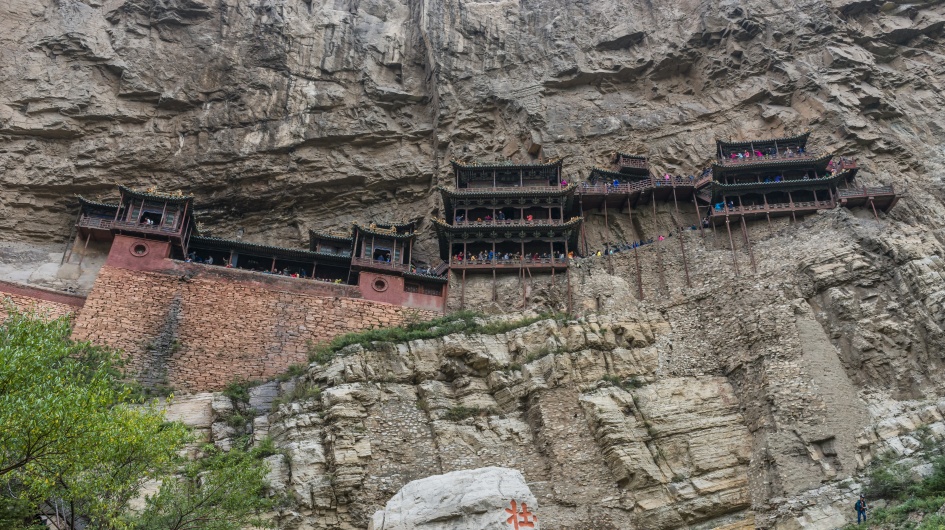 Hanging Monastery
Hanging Monastery
Your Journey’s Rewards:
Learn how people build safe shelters on dangerous cliffs, while the wooden tower shows the way to build tall towers without using metal nails. Both of these structures reflect the advanced problem-solving ability of ancient Chinese.
Educational Focus:
How did ancient workers build strong wooden structures that last longer than modern concrete buildings?
Takeaway:
The Hanging Monastery was using the interlaced layers of rock on the cliff and hidden oak beams. The wooden tower has 54 kinds of interlocking wooden tenons that can absorb earthquakes. Builders study wind direction and mountain shape to choose safe locations. These methods indicate that ancient Chinese people had a profound understanding of natural laws and materials science.
Thought Challenge:
What enlightenment does the concept of the unity of the three religions in the Hanging Monastery offer for current cultural conflicts?
On the last day of your trip, we will take you to the airport or train station according to your needs.
This tour is suitable for: History lovers, Architecture lovers
What's Included
- An expert cultural historian as your guide
- Well-selected hotel accommodation
- Daily local cuisine (breakfast and lunch)
- Private air-conditioned vehicle with a licensed driver
- Entrance fees for listed attractions
Hotel Options
-
Comfortable Accommodation:
Pingyao: Yide Hotel
Wutai Mountain: Yunlong Hotel
Datong: Garden Hotel -
Deluxe Accommodation:
Pingyao: Jinzhai Inn
Wutai Mountain: Wanhao Hotel
Datong: Yunzhong Traditional Courtyard
Wechat & WhatsApp: +86-13471279378